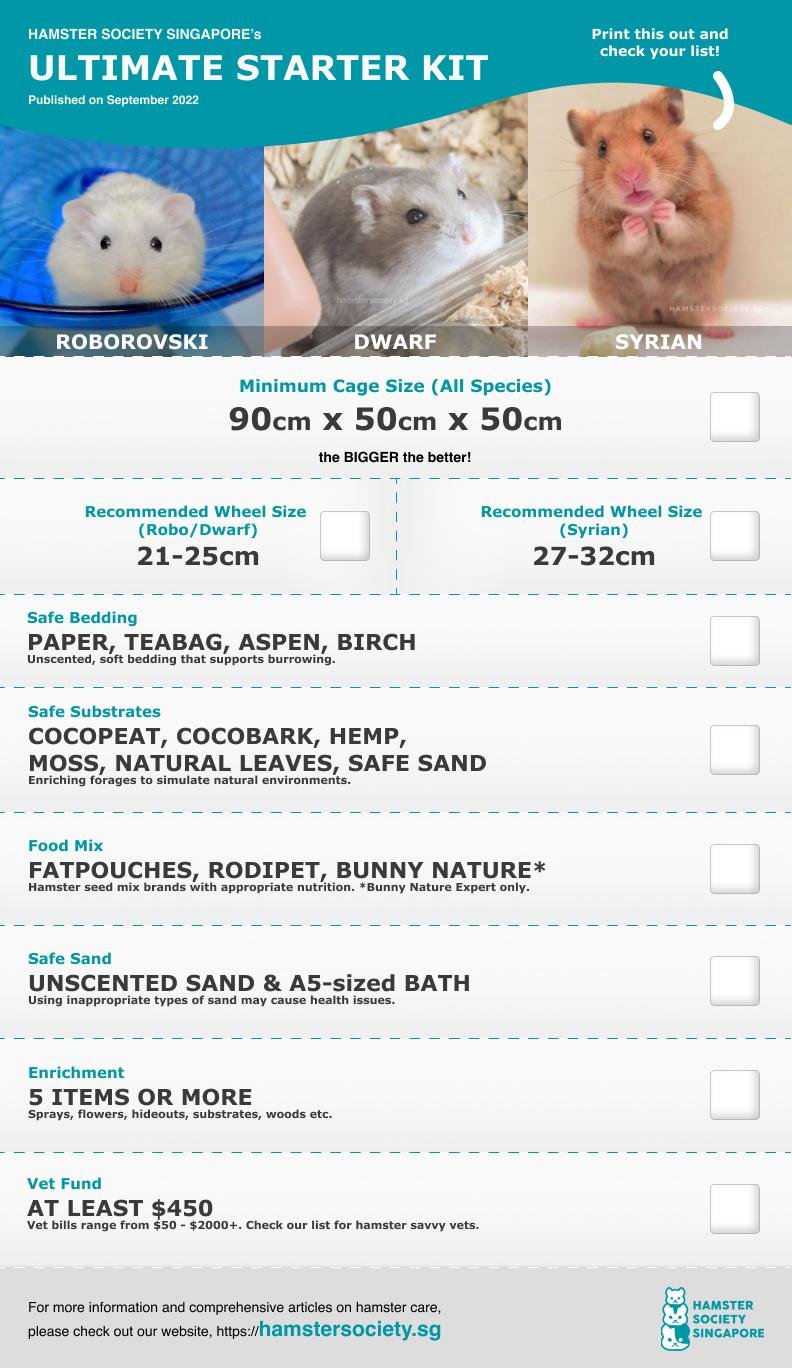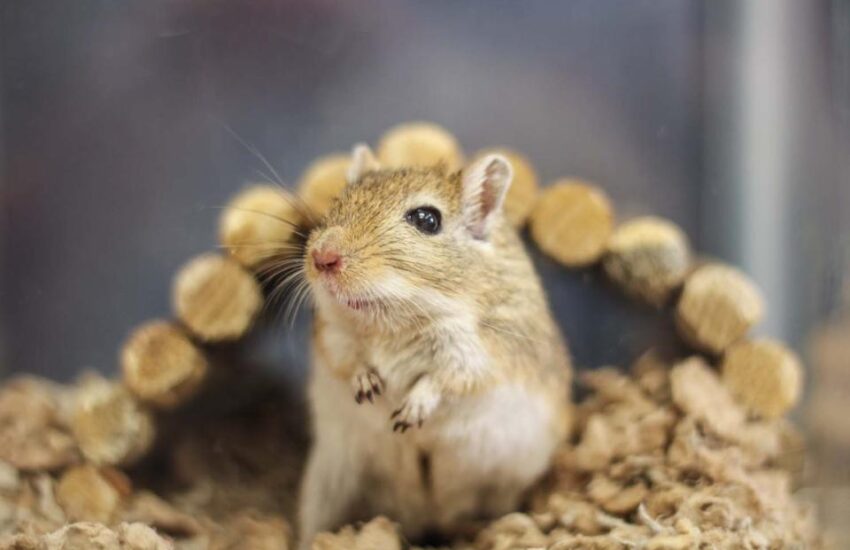Adapting Care to Hamster Breeds
When bringing a hamster into your life, it’s essential to understand that different hamster breeds have unique characteristics and care requirements. Adapting your care techniques to suit the specific needs of each breed will not only ensure a happy and healthy hamster but also strengthen the bond you share. In this article, we will explore various hamster breeds, their traits, and how to cater to their individual needs, including habitat, diet, and social interactions.
Popular Hamster Breeds and Their Traits
There are several popular hamster breeds, each with distinctive traits that necessitate different care methods. Syrian hamsters, known for being larger and more solitary, often require more space and individual attention than smaller, more social breeds like the Roborovski hamster. In this section, we’ll examine several common breeds to help you decide which one suits your lifestyle.
1. Syrian Hamsters
Syrian hamsters are perhaps the most well-known breed of hamsters. They are known for their friendly disposition but are territorial and should ideally be kept alone. A spacious cage is essential to accommodate their active nature. To create a proper habitat for your Syrian hamster, provide ample bedding, hiding spaces, and enrichment toys. Make sure the cage is escape-proof, as they are skilled climbers. Regular handling will also help in socializing them.

2. Dwarf Hamsters
Dwarf hamsters come in several varieties, including the Campbell’s and the Winter White. They are smaller than Syrians and can be quite social. Keeping them in pairs or small groups is acceptable, provided they are of the same sex to prevent breeding. When adapting care, you’ll want to use a smaller cage but one that still offers vertical space for climbing. Include various toys and tunnels to encourage play and socialization.
3. Roborovski Hamsters
Roborovski hamsters are the smallest of the dwarf varieties, known for their quickness and playfulness. They are very social and prefer to live in pairs or groups. Since they are more active, provide a finely fortified cage to prevent escapes, as they’re expert diggers. They require a lot of exercises, such as hamster wheels and tunnels, to keep them stimulated.
Dietary Needs by Breed
Understanding the dietary needs of your hamster breed is crucial for their health and well-being. While all hamsters are omnivores, their specific dietary preferences can vary. Here’s how to cater to their dietary requirements effectively.
1. Nutritional Essentials for Syrian Hamsters
Syrian hamsters typically require a high-quality hamster pellet as a staple of their diet, supplemented with fresh vegetables and occasional treats. Foods rich in protein, like boiled eggs or mealworms, can help maintain their energy levels. It’s essential to avoid sugary foods, as Syrians are prone to obesity. Fresh water should always be available, preferably through a sipper bottle.
2. Feeding Dwarf Hamsters
Dwarf hamsters, though similar in dietary needs, require slightly different portions due to their size. They thrive on a varied diet that allows them to forage. You can provide hay, fresh vegetables, and specially formulated dwarf hamster pellets for balanced nutrients. Adding small servings of fruits as treats will keep their diet interesting and tasty.
3. Roborovski Hamster Diet
Roborovski hamsters benefit from a diet enriched with seeds, pellets, and small insects. They often enjoy various seeds, such as sunflower or pumpkin seeds, which help keep them engaged during feeding. Ensure their environment always has access to fresh greens and water, and be careful not to overfeed, as their smaller size leads to easy weight gain.
Socialization and Handling
Each hamster breed reacts differently to handling and socialization, which affects how you should interact with your pet. Proper socialization not only helps build confidence in your hamster but also enhances the enjoyment of owning a pet.
1. Handling Syrian Hamsters
Syrian hamsters usually become more comfortable being handled but require patience. Start by allowing them to acclimate to your scent and voice before picking them up. Always scoop them from underneath to provide support. Regular interaction helps them feel secure and reduces stress during handling. Aim for daily sessions to encourage bonding.
2. Dwarf Hamstery and Socialization
Dwarf hamsters tend to be more accustomed to group living, leading them to be feistier and more social than Syrians. They appreciate handling but remember to be gentle. Gradually introduce them to your hand, letting them sniff and explore before picking them up. Group dwarfs can also facilitate social behaviors, allowing them to feel safe during their adventures.
3. Encouraging Interaction with Roborovski Hamsters
Roborovski hamsters are known for being skittish but can enjoy interaction with enough time and patience. Given their fast nature, it’s crucial to foster a trusting bond slowly. Begin with short exposure sessions, interacting with them around their habitat before attempting to pick them up. Offer treats from your hand to build trust and encourage them to come toward you.
Conclusion
Caring for hamsters requires an understanding of their specific breed characteristics, dietary needs, and social behaviors. By adapting your care to the particular requirements of Syrian, dwarf, and Roborovski hamsters, you can provide the best environment for your furry friends. The happy and healthy hamsters not only enrich our lives but also bring joy into our homes. With this knowledge, you’re now prepared to give your hamster the care they truly deserve.
FAQ
1. How can I tell the difference between breeds of hamsters?
Generally, the most distinctive factors between hamster breeds are size, coloration, and behavioral tendencies. For instance, Syrian hamsters are larger and have golden or tan fur, while dwarf hamsters are smaller, often gray or white. Observing their behavior can also help, as dwarf hamsters typically enjoy group settings while Syrians prefer solitude.
2. Can multiple hamsters live together?
Whether hamsters can live together depends on their breed. Syrian hamsters are solitary creatures, and it’s best to keep them alone to prevent fighting. In contrast, dwarf hamster breeds like Campbell’s and Winter Whites can sometimes coexist, provided they are introduced at a young age and are of the same gender.
3. What types of bedding are best for hamsters?
Careful selection of bedding is essential for your hamster’s health. Aspen shavings or paper-based bedding are preferable, as they are safe and absorbent. Avoid cedar and pine shavings, as the aromatic oils may cause respiratory issues. Always keep your hamster’s bedding clean and replace it regularly to minimize odors and ensure a healthier habitat.
4. How much exercise does a hamster need?
Hamsters are naturally active creatures, requiring at least several hours of exercise each day. This can be achieved through a combination of a hamster wheel, tunnels, and playtime outside their cage in a safe space. Providing adequate stimulation and exercise prevents obesity and enriches their environment.
5. What toys are best for hamsters?
Hamsters require mentally stimulating toys that encourage exploration and natural behavior. Items like wooden chew toys, tunnels, and climbing structures all contribute to a rich environment. It’s crucial to rotate toys regularly to keep their interest piqued and offer plenty of purchasing options to avoid boredom.
